Your Cart is Empty
What a fantastic experience buying our new trampoline from Amplify Your Home! The team was incredibly helpful for helping me find the best placement for it. Loved how it was fast and free shipping. The setup went smoothly, and my child hasn't stopped bouncing since! I'm really impressed by the service and quality of the product. Thanks for making this purchase a breeze—highly recommend!
I was hesitant about buying furniture online, but this store exceeded my expectations. The sofa I ordered arrived on time and the quality is fantastic.
They helped me search for different installation options with price and reviews listed out. I've never seen any store do this before. I recommend them 100%. Thank you!
My grill shipped out the next day. No complaints.
I don't know how they did it but they managed to get my daughter's trampoline in time for her birthday. Thank you!!!







